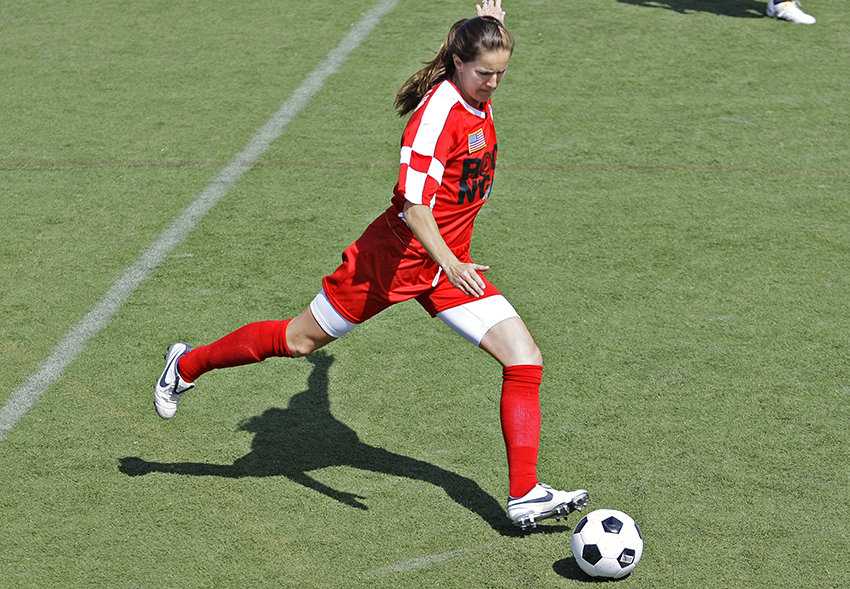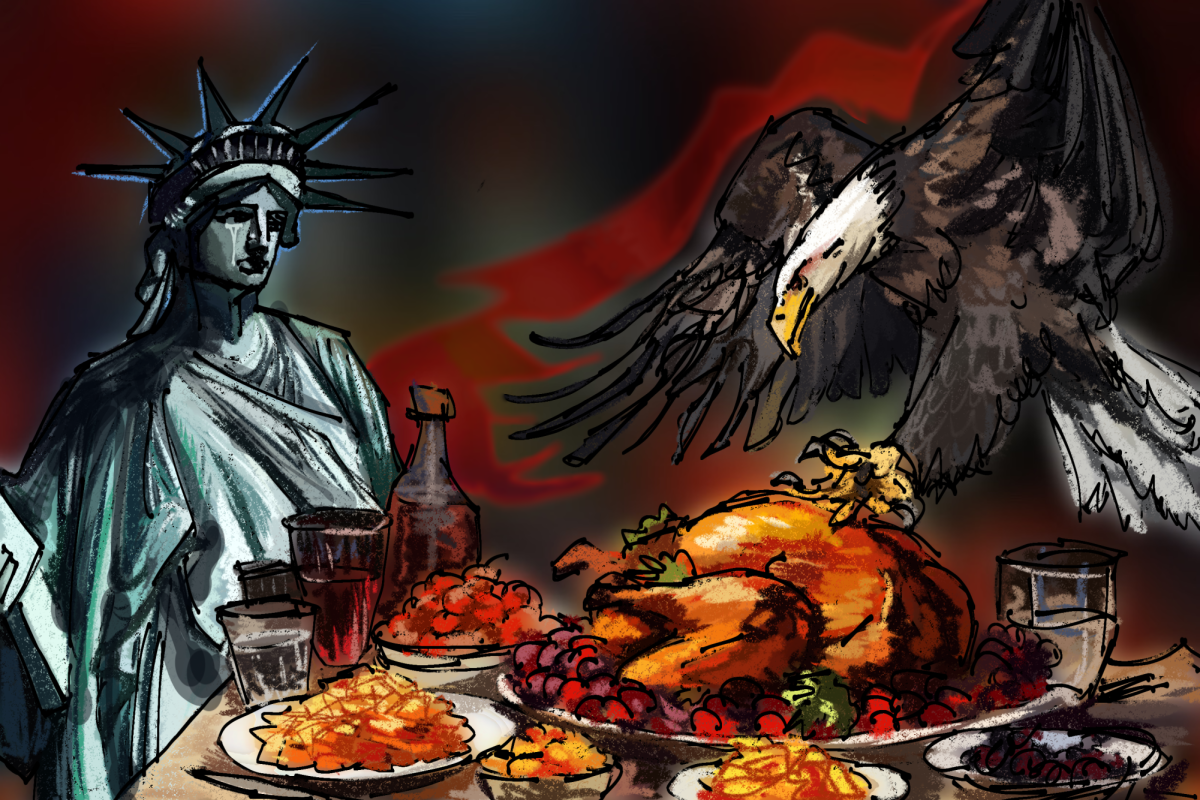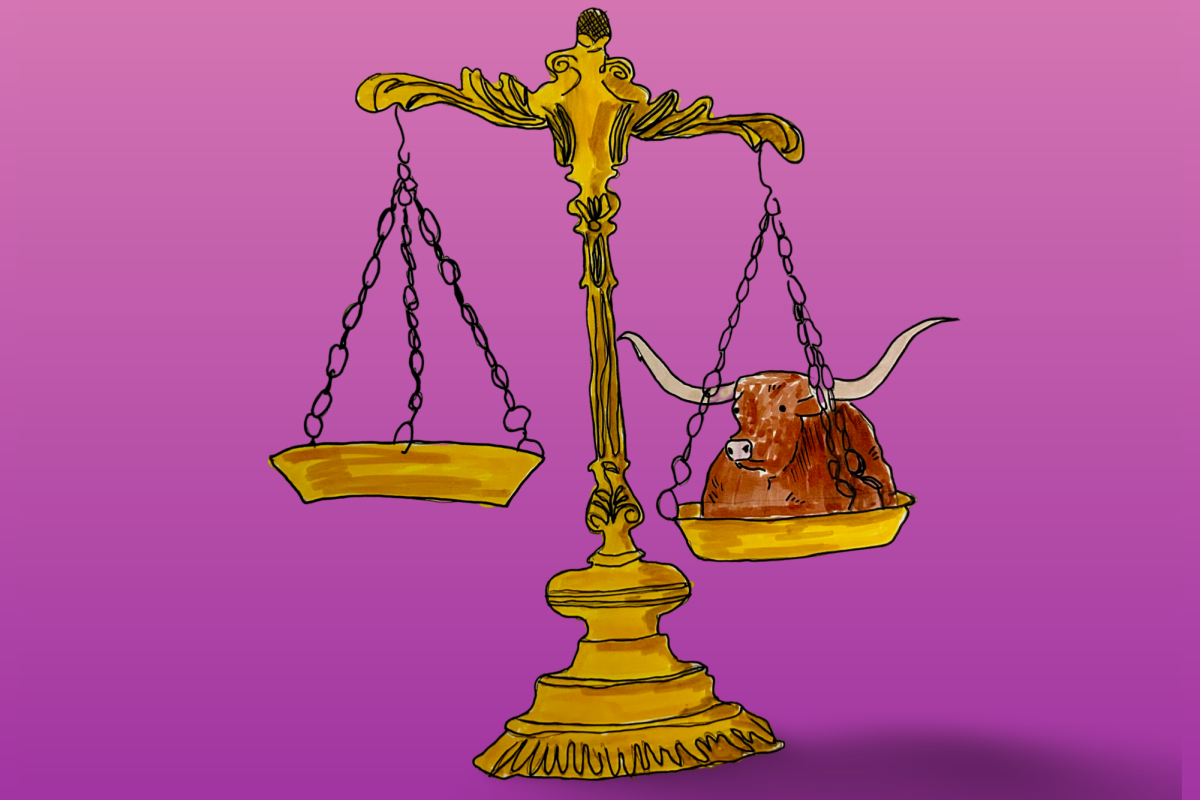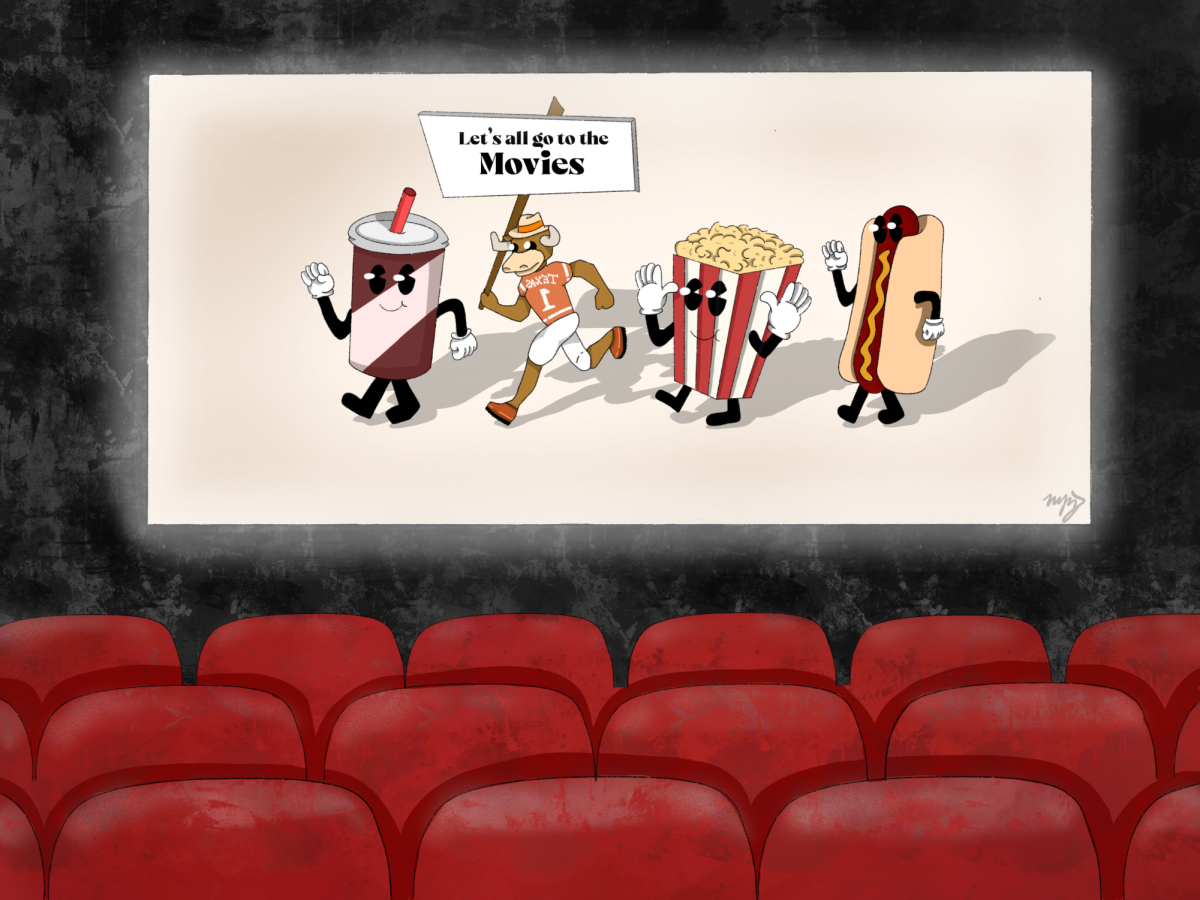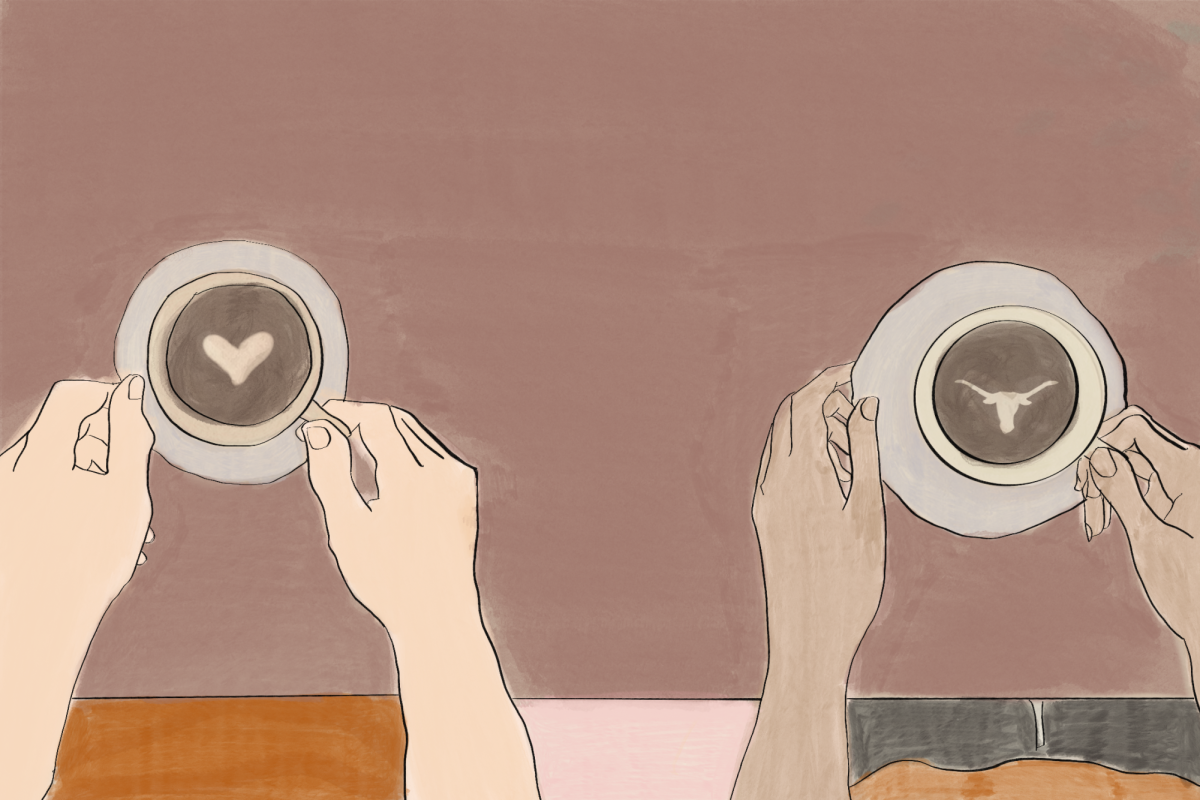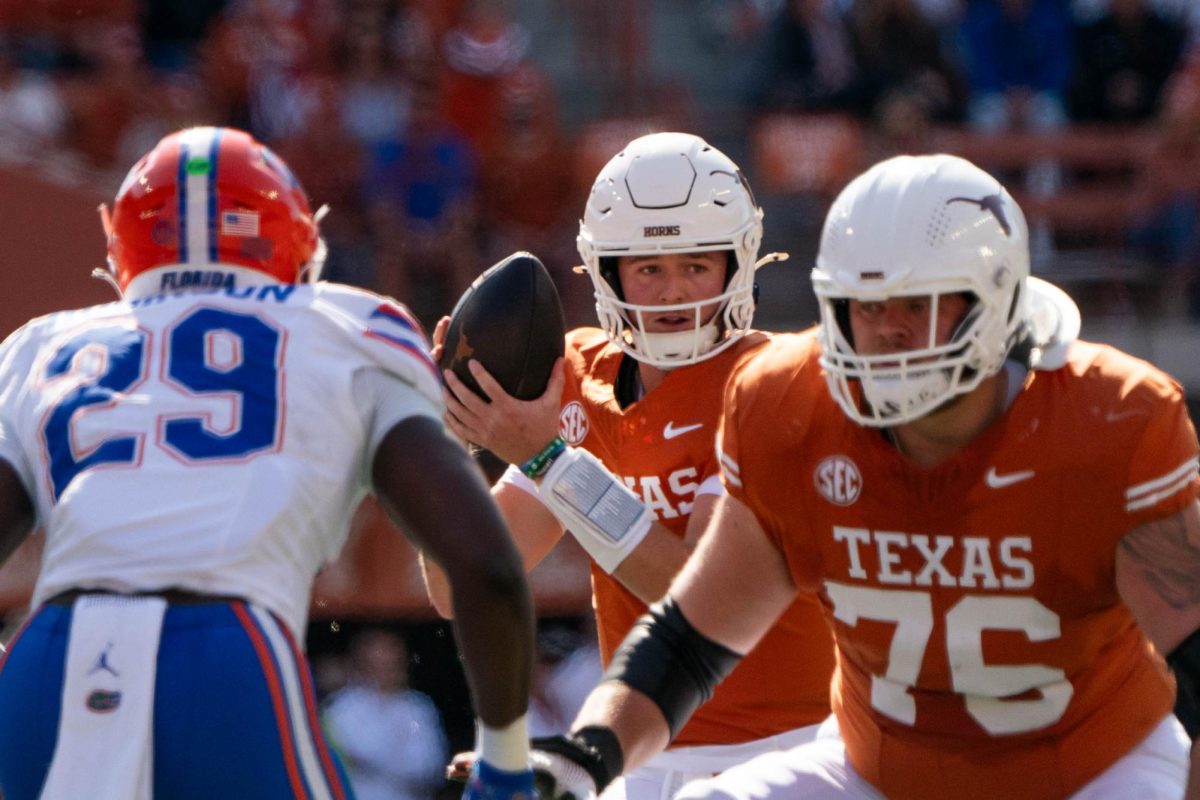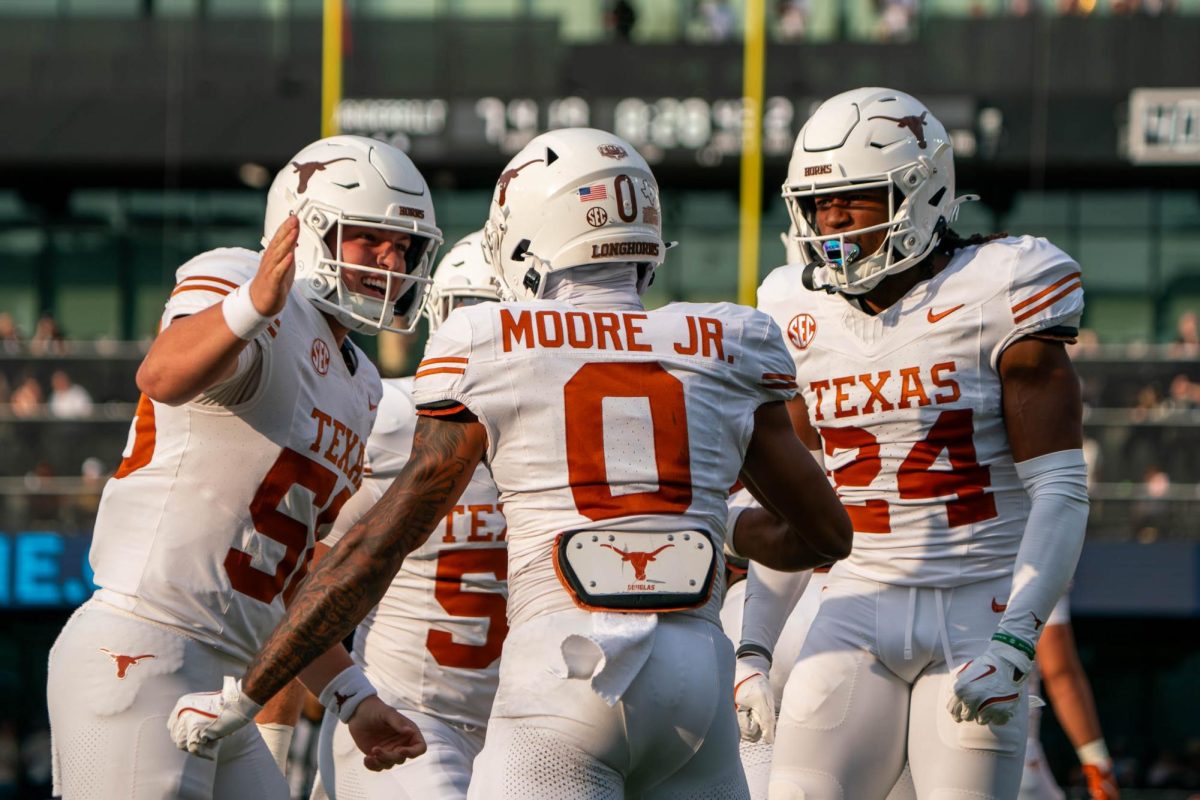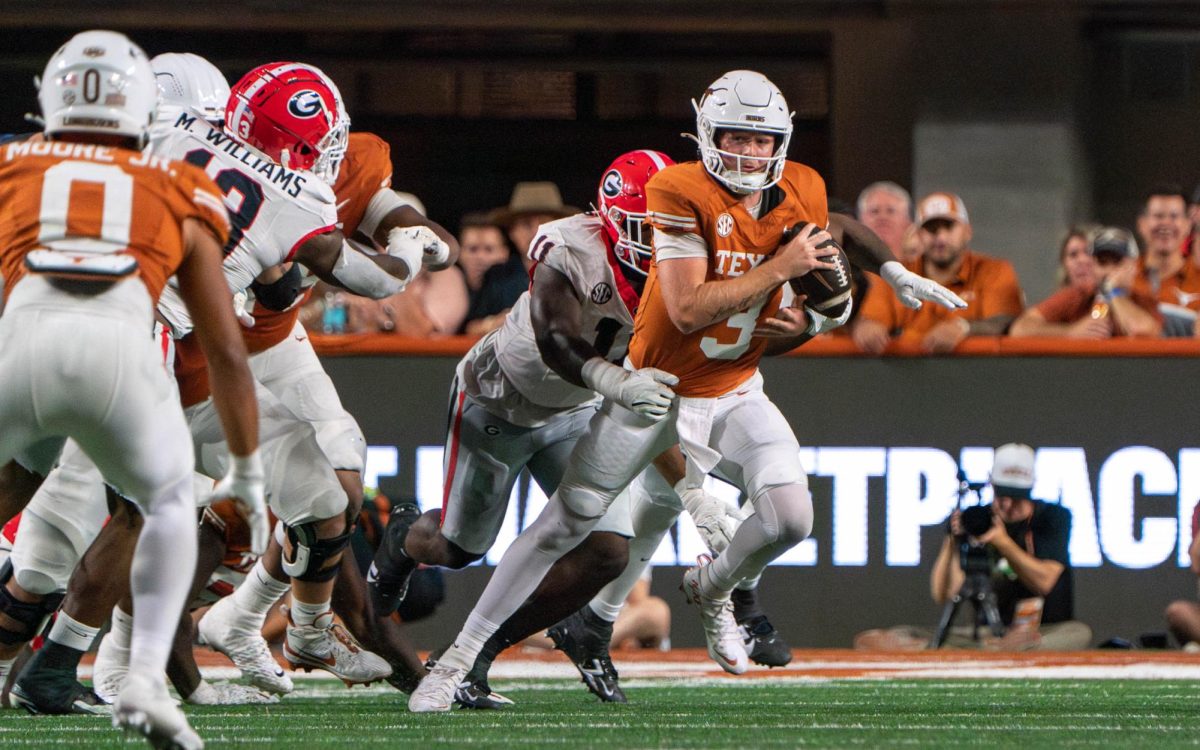Brandi Chastain, most famous for her winning penalty kick and celebration in the 1999 Women’s World Cup, has announced she will donate her brain to postmortem concussion research. Chastain is the second woman from the 1999 World Cup winning team to do so, following in the footsteps of Cindy Parlow Cone. The two women hope these positive steps will help determine the effects of concussions in women’s soccer, with the goal of preventing debilitating brain injuries.
In the wake of the National Football League’s concussion crisis, scrutiny upon chronic traumatic encephalopathy, a neurodegenerative disorder caused by repeated brain injuries, has arisen within female and male soccer players. The life-altering condition has been found in professional soccer playing men, but not in women, although this is likely due to a small sample size of only seven brains.
This research has been a catalyst in the implementation of new regulations for youth soccer: Heading has recently been outlawed for children under the age of 10 and prohibited during practice for children ages 11–13.
While these progressive regulations are worthy of commendation, these new laws do not go far enough. All players should be required to wear protective headgear during practices and games, regardless of age. Soccer already requires protective gear in shinguards, so headgear is a natural extension. For a sport that holds the number one ranking in female concussions, this is a frustrating lurch toward real change.
While headgear may not be a cure-all, it can at least reduce the severity of head injury. It protects against heading and other head trauma, including collision with other heads, the ground and goalposts.
Dr. Summer Ott, neuropsychologist with The University of Texas Health Science Center at Houston (UTHealth) and the IRONMAN Sports Medicine Institute, said concussions that result from headers are not the only major source of head trauma.
“A lot of people have this misconception that concussions happen with headers … that’s not really been proven in the literature,” Ott said. She noted other forms of contact that often result in concussions are getting hit in the head with a ball and hitting one’s head on the ground.
As research into CTE within soccer continues, education will be paramount in player safety and future policy decisions. Preston Moore, program coordinator for the UT Institute of Sports Leadership and Innovation, said education is vital in the concussion discussion.
“Giving people the resources to be able to identify potential concussion symptoms is crucial,” Moore said. “After they are equipped with this toolbox, it is then a process of empowering athletes, coaches and medical staff to recognize concussions and [to] be willing to put the long term health of a player ahead of a potential short term on the field success.”
Sports are great; brain injuries are not. When something as precious and vital as a brain is at stake, a no-nonsense policy needs to be adopted.
Vernon is a PACE freshman from Houston. Follow her on Twitter @_emilyvernon_.

